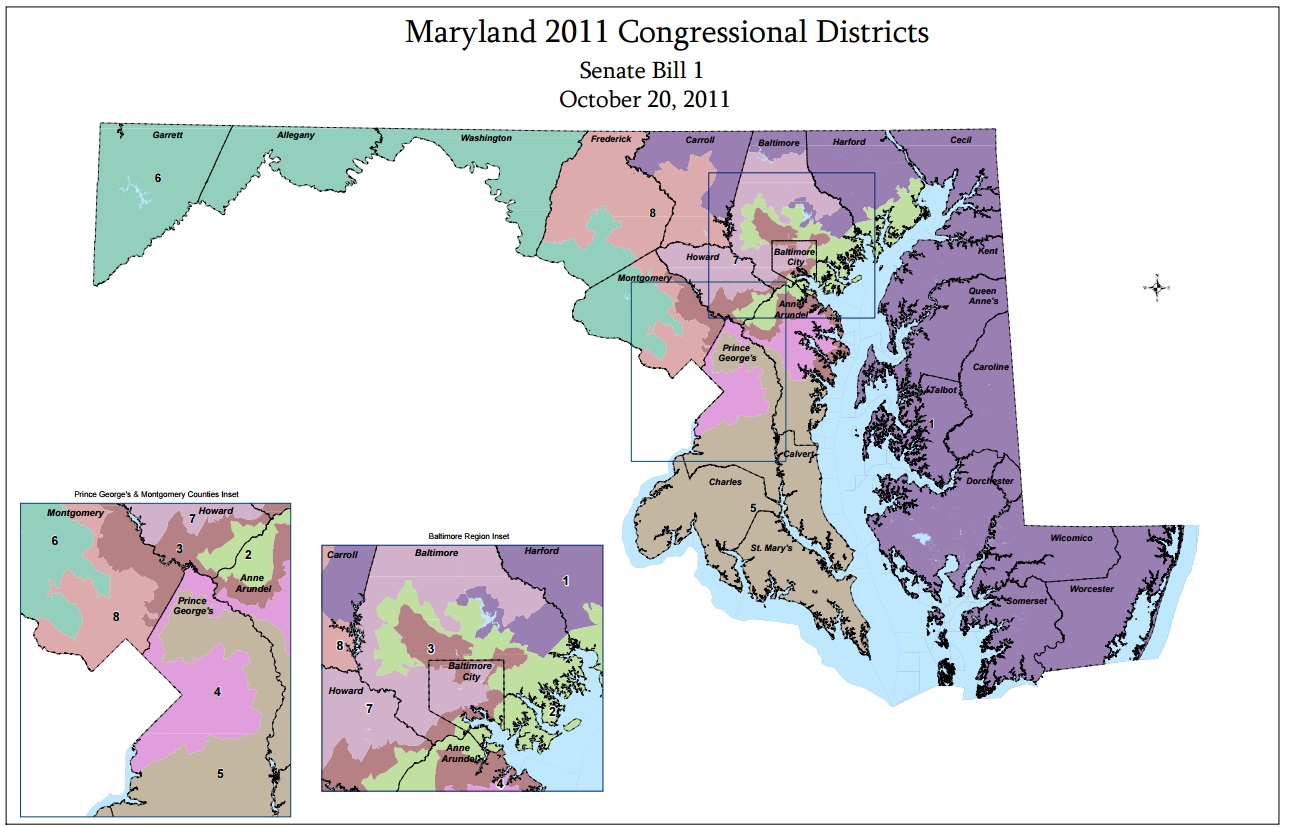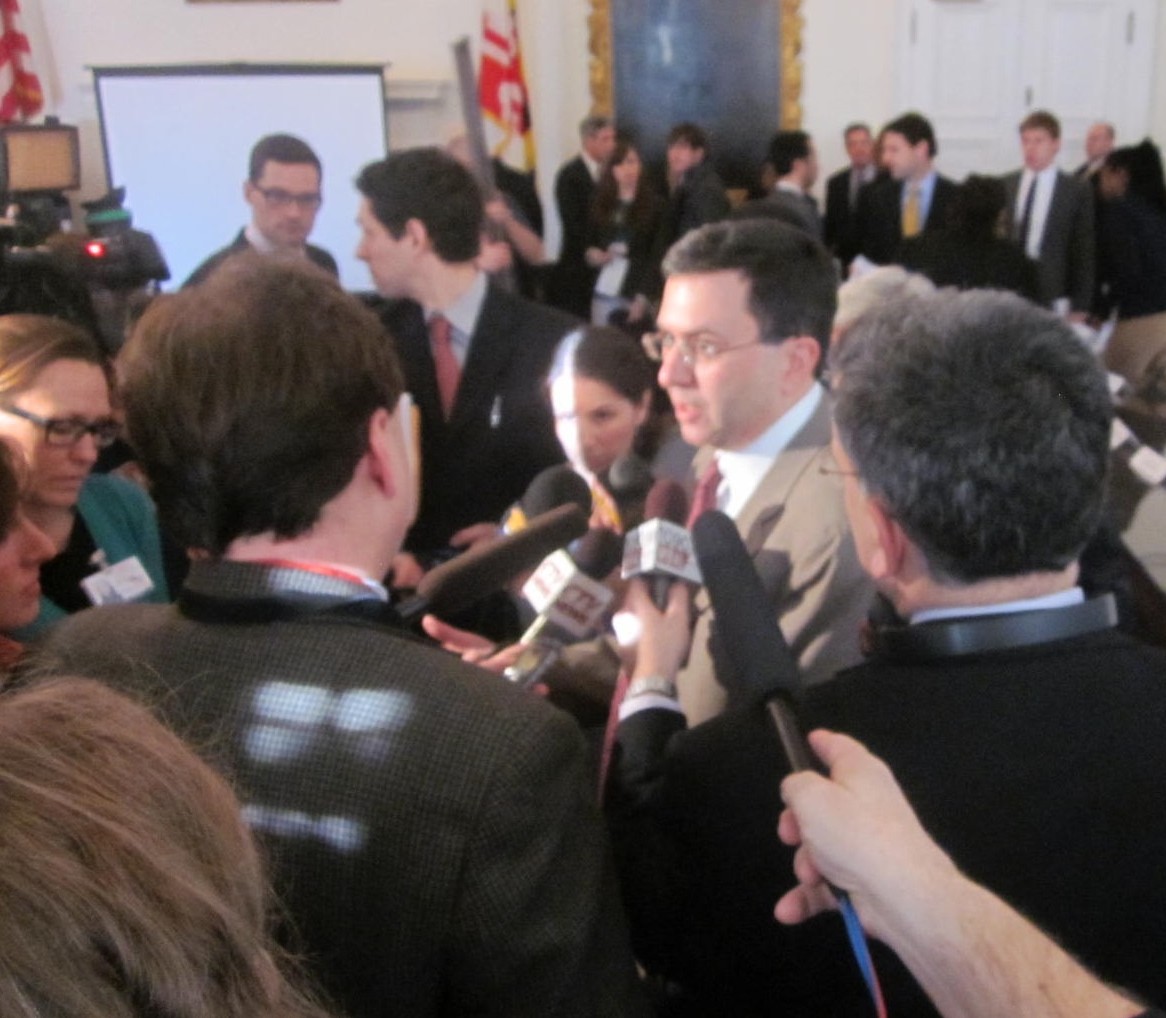By Megan Poinski
Megan@MarylandReporter.com
While proposals to increase employee contribution rates and retirement requirements to the State Retirement and Pension System are a good start, analysts, top staff, and members of the system’s board told the Senate budget committee Tuesday that what is truly needed is a quicker return to full contributions to the system.
The state retirement system has taken a severe financial beating from the economic downturn and what State Treasurer Nancy Kopp called the “unorthodox” method of funding the system. In fiscal year 2010, the state had only funded 64% of the total liabilities of the retirement system – nearly 20% less than the state’s funding level just four years earlier.
Most of the drop in funding came from the stock market collapse during the recession, said retirement system executive director Dean Kenderdine. However, the state adopted the “corridor method” of funding, which allows the state to not contribute the entire amount it should to the retirement system.
Kenderdine said that this funding method does not have much of an impact on how much the retirement system gets in a single year, but the retirement system can’t invest money that it doesn’t get. Without being able to invest money, Kopp said, the cost to the system is dear.
“The point is the corridor system will cost us billions,” she said.
Maryland is the only state that utilizes a system like this for its pension funding, Kopp said. Despite the state’s AAA bond rating, Kopp said that bond analysts always point out that the pension funding method is something that makes them uneasy. She said that actuaries who work for the retirement system also clearly point out that the underfunding of the pension system is “not appropriate” in every statement they sign.
The board of the retirement system has consistently taken positions against the corridor system of funding, and has favored phasing out the system over 10 years. Phasing out the system would mean the system would get to normal funding levels at least 10 years sooner.
“It’s a pay me now or pay me much more later proposition,” Kenderdine said.
While retirement system officials did not comment on proposals to change payment and benefit structures on Tuesday, they disagreed with the governor’s proposal in the Budget Reconciliation and Financing Act that would take $120 million from what is contributed to the retirement trust fund in fiscal year 2012. The governor’s bill, which provides many financial adjustments to balance the budget, moves that money to the general fund.
“One year’s worth is not a lot of money. If it were to continue, it will be a great deal of money,” Kopp said. “It will take the form of a benefit cut and compensation cut to employees.”
Even though the plunge in the markets hurt the retirement system, interim Chief Investment Officer Melissa Moye reported that in the last year, the system has been regaining ground. The system – which lost a fifth of its value in fiscal year 2009 – had a return on investment of 14% in the last fiscal year. The unaudited total value of the system’s investments now is just under $37 billion. To fully fund its future liabilities, the investments would need to be $54 billion, she said, leaving a $17 billion shortfall.
Outside pensions experts from the Mercatus Center at George Mason University have said Maryland’s future pension liabilities are much higher than that due to overoptimistic assumptions about future investment returns.
Part of the reason for Maryland’s success in the markets this year is its diversified portfolio, Moye said. Just over half of the holdings are in equities, while the portfolio also includes fixed income and currency holdings.







The corridor funding method is a guaranty to continue underfunding the pension system. We need to fund at the actuarial recommended contribution 9ARC) level. In an emergency, when they cannot fully fund to the full ARC, we should carry the difference a debt. The estimated return on our investments is currently 7.75%, and unreasonably optomistic. A target of 6-6.5% is more reasonable. Moving to index funds and away from high expense manged funds is also the smart choice. The acting chief Investment officer mentioned the 14% return in 2010. If they had invested 50% in an S&P 500 index fund, 35% in a small cap index fund, and 15% in an international index fund their return would have been 18.9% during that time. The $140 M cost of managed funds is outrageous—top dollar for sub par performance!
Why am I not surprised. We need sunshine in Annapolis government. No more moving money around to cover up incompetent governing by the Democratic majority. When will the sheeple of Maryland wake up? Before its too late I hope.
MD should index its portfolio, saving $140 million each eyar in mony manager costs.